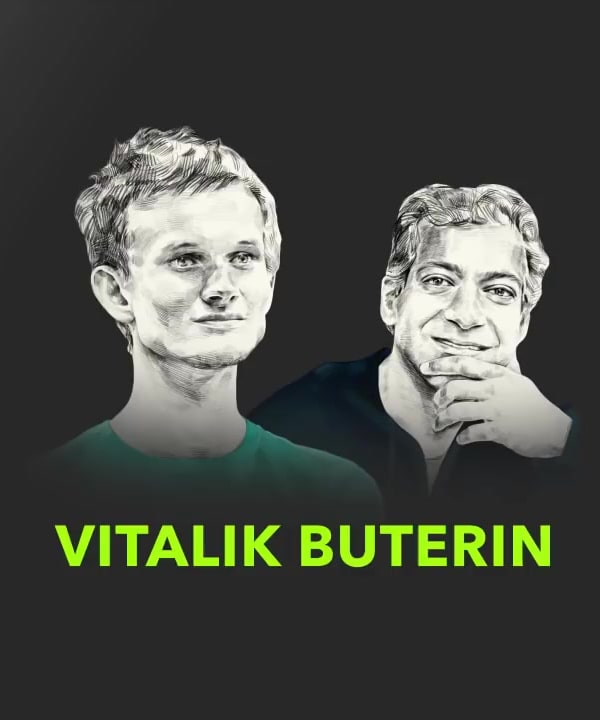How to learn a new language?
Sources:
Tim Ferriss suggests several methods for learning a new language efficiently:
-
Embrace Sounding "Stupid": One key to language mastery is the willingness to speak and sound "stupid." Continuous practice, even when the language isn't perfected, contributes significantly to learning because it increases practical exposure. For those who are shy about speaking, Tim advises using humorous expressions to make interactions less serious and reduce inhibition 1.
-
Structured Learning Programs: Starting with structured learning programs like Pimsleur's podcasts can provide a solid foundation. These are 90 episodes that gradually build understanding of the language. Supplement this with flashcard apps for vocabulary, especially for languages with characters like Chinese. Transition to regular podcasts in the target language as proficiency improves 2.
-
Interactive Methods: Engaging in activities like reading signs, speaking with locals, and using technology like Google Translate aids in practical application and faster learning. Watching movies in the target language or with subtitles in the target language can also be very helpful 2.
-
Consistent Practice with Duolingo: A consistent practice schedule with apps like Duolingo, about 20-30 minutes a day, five times a week, is recommended. Combining this with flashcards, podcasts, and movies in the target language can accelerate learning 3.
-
Learning Through Cultural Immersion: For immersion, understand basic phrases and engage with local media like menus and advertisements. Pay close attention in conversations and utilize resources like Bing for translations. Continuous exposure and interaction are akin to workout repetitions for language mastery 4.
-
Optimizing Memory Recall: Tim emphasizes the importance of timing in learning sessions. Studying material right before bed and reviewing it first thing in the morning can significantly boost recall and retention. Using flashcards to test recall immediately upon waking can identify which areas need more focus 5.
These strategies form a holistic approach to language learning, focusing on both structured learning and practical, immersive experiences.
RELATED QUESTIONS-




